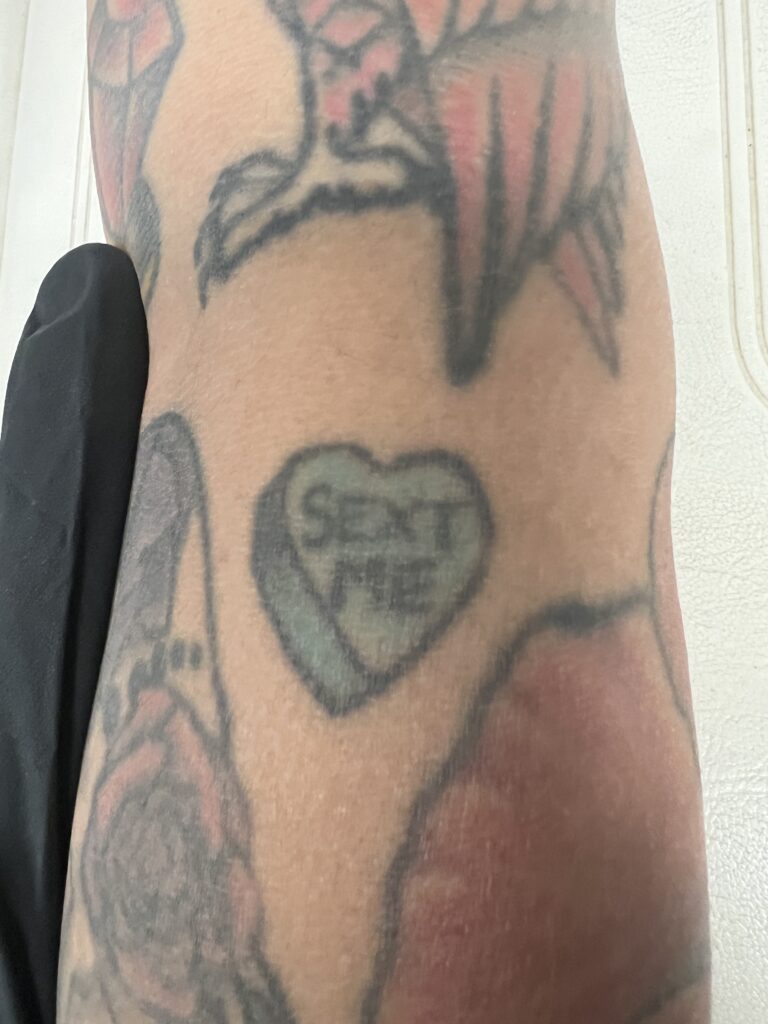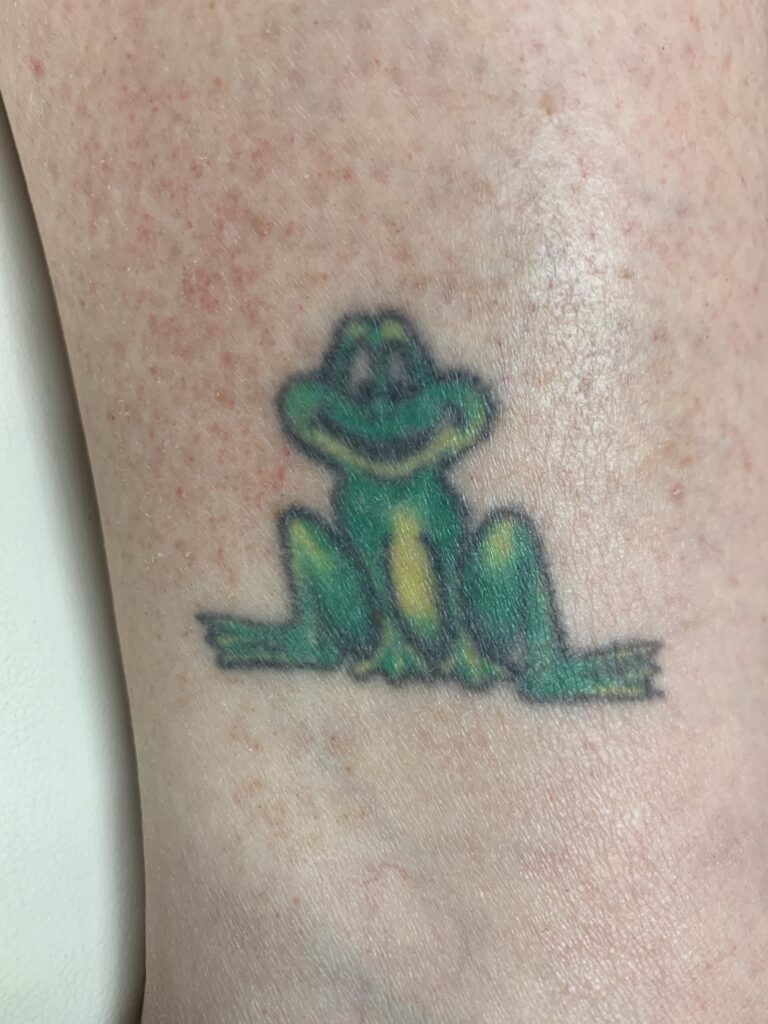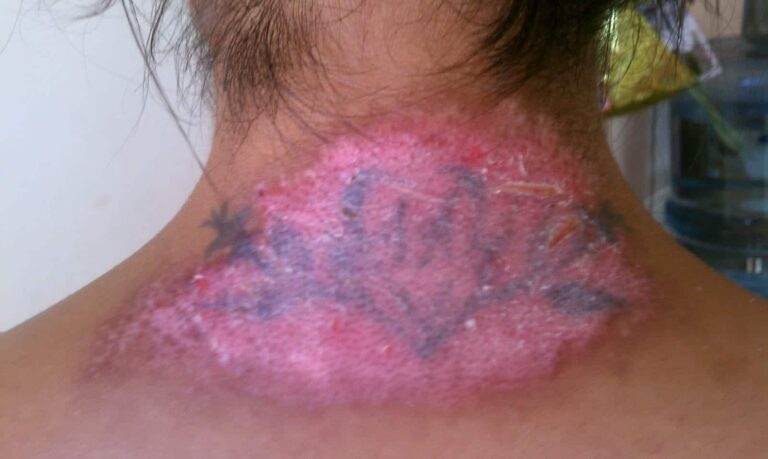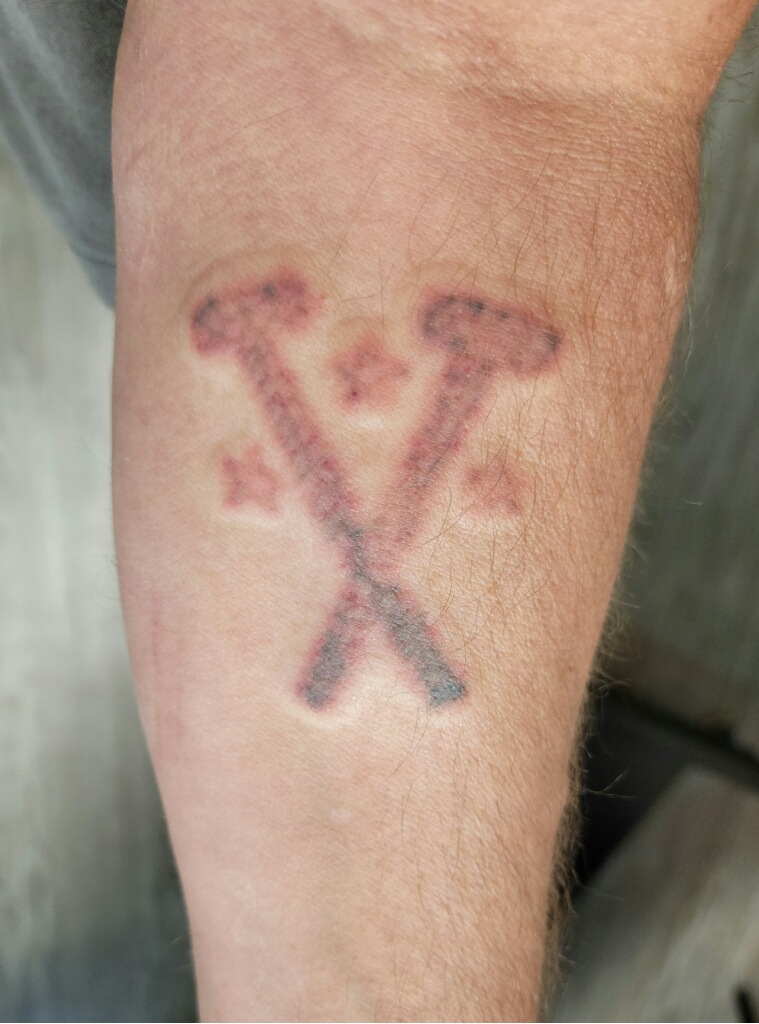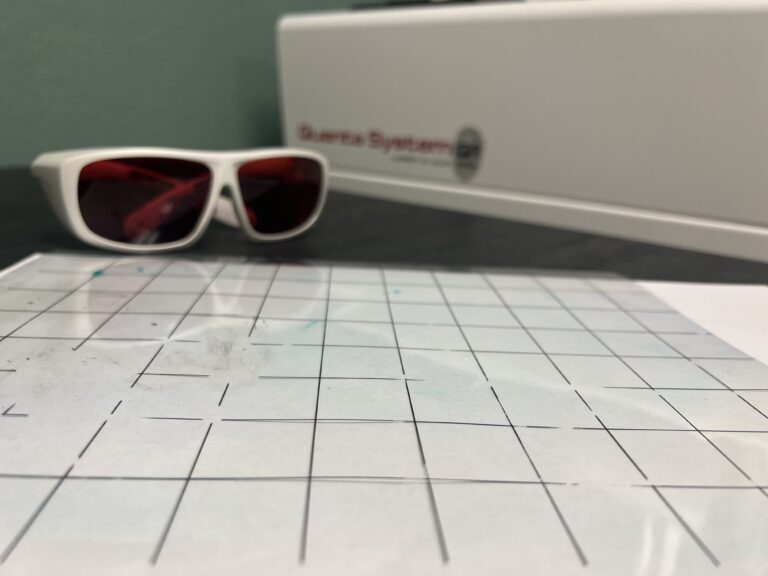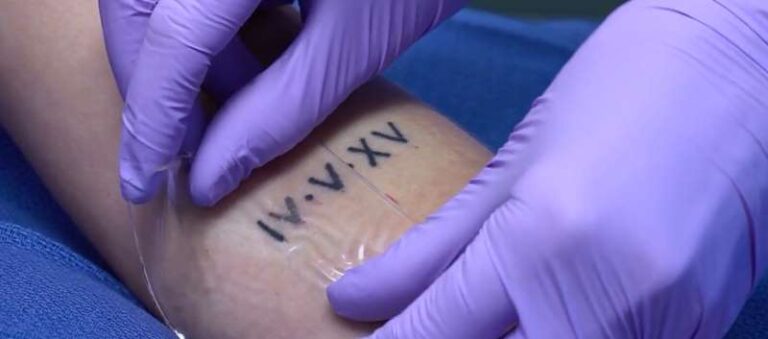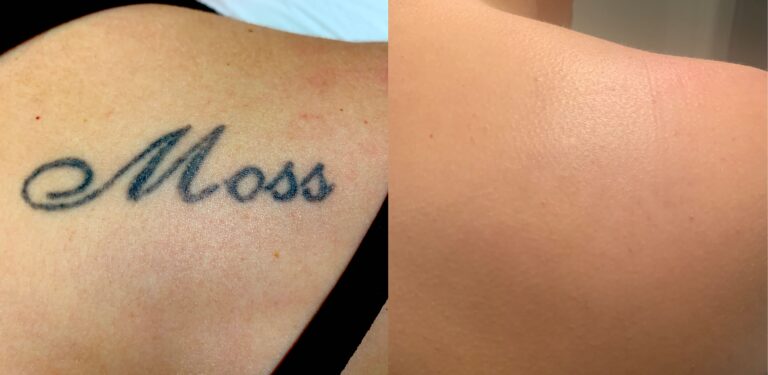The Good, The Bad and The Unwanted: A Guide to Tattoo Coverups with Laser Tattoo Removal
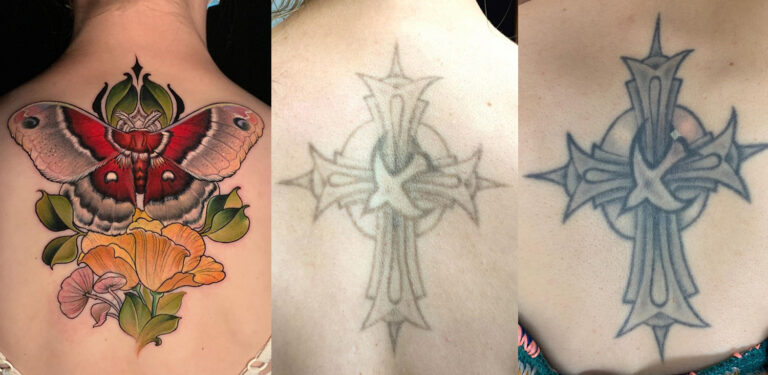
Tattoo coverups have become a popular thing over the years for those that may have an unwanted tattoo on their skin. This can come from age, poor execution, or simply a desire to have a better tattoo than the ones…

